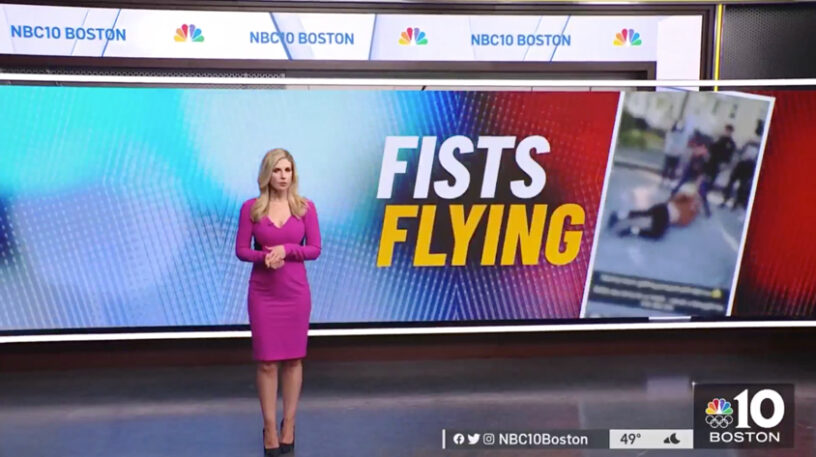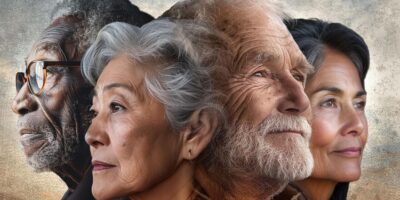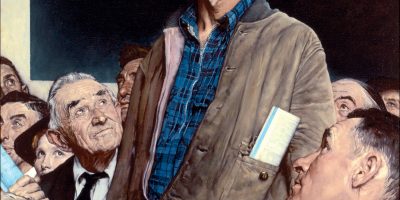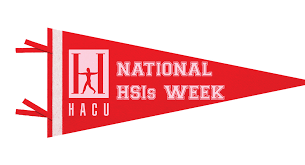Note: This article originally appeared in Merrimack Valley Magazine, the Boston Business Journal, Commonwealth Magazine, and the Eagle-Tribune.
Lawrence High School is under siege and it looks like a battleground.
Not because of a handful of students fighting in the hallways whose scraps have garnered more attention than they ordinarily would have, thanks to iPhones, Instagram, and Tik Tok.
It’s because of the media.
The streets and sidewalks outside the entrance to Lawrence High School have been lined with television station trucks and gauntlets of cameramen and reporters, waiting to catch some B-roll footage of students leaving the building that they can play alongside sensationalist “Breaking News” stories about “Fists Flying” at six o’clock.
We’ve seen these stories before.
It’s not the first time that a problem in Lawrence that is common all over the place has been turned into a circus sideshow for the suburbs.
Back in 2018, the President of the United States and the Governors of Maine and New Hampshire each pointed at Lawrence as the real problem behind the opioid epidemic in New England.
Maine Governor Paul LePage openly expressed what many really mean when they criticize our city: “The heroin-fentanyl arrests are not white people. They’re Hispanic and they’re black and they’re from Lowell and Lawrence, Massachusetts.”
He was, of course, wrong about that.
As NECC President Lane Glenn pointed out in an open invitation to those governors to visit Lawrence, published in the Eagle Tribune, the drug deals may have been happening along the I-495 and I-93 arteries that run past those cities, but the customers mostly had license plates from Maine and from New Hampshire, where doctors were prescribing pain killers at twice the national rate and the state was spending less on addiction treatment than nearly every other state in the nation.
But somehow, when a pervasive problem gets negative attention, if there is an opportunity to focus on people of color, those with lower incomes, immigrants, or anyone who may seem different or perhaps even threatening to a television audience, that’s where the attention goes.
But this time, it’s our kids, and using them for evening news fodder is wrong.
Since the return to full in-person learning for most students in September after a year-and-a-half of remote or “hybrid” learning, schools around the state and across the nation, not just in Lawrence, have been struggling with student behavior issues.
From rural Pittsfield in Western Massachusetts to tony Wellesley and gritty Everett just outside of Boston, school principals, superintendents and school committees everywhere are grappling with a new pandemic: students who are anxious, stressed-out and, after months of Zooming in isolation, seem to have forgotten how to socialize peacefully.
The Jefferson County Public Schools in Louisville, Kentucky reported more than 400 fights on school campuses—in the first two weeks of the school year.
So, let’s stop portraying the pandemic pain and anxiousness our kids in Lawrence are experiencing, and even the violent outbursts that have occurred, as something that is somehow unique to our city, requiring round-the-clock media attention.
With more than 3,000 students, Lawrence High School is the second largest high school in Massachusetts. So, statistically speaking, at a time like this, of course there are going to be more fights on campus than at Wellesley High, which has less than half as many students.
But guess what? Lawrence High School also has hundreds more Early College students than Wellesley, all getting a jump start on their college educations.
Earlier this week, Dr. Noemi Custodia-Lora, NECC’s Vice President of Lawrence Campus and Community Relations, met with 75 of those Lawrence High Early College students to talk about what’s been happening at their school.
Not surprisingly, they aren’t happy about the fights, or about all the media attention.
“We are doing our job,” one young man explained, “We are working hard, and yet we’re being punished by all the media waiting just outside the door.”
A young woman added that a relative of hers in Guatemala had seen television footage of school hallway fights in Lawrence and called to make sure she was safe.
In meetings of the Lawrence Alliance for Education, at a public forum called by Interim Mayor Vasquez on Monday, and all across social media, residents, educators, community and state leaders, and elected officials are debating whether the state should end its receivership of the Lawrence Public Schools, whether the district has exercised sufficient control over the situation, and whether enough money is being spent on student support services like mental health counseling.
These are all reasonable questions to ask and important strategies to get right, and we stand behind anyone in the city who is striving, with good intentions, to support our kids, ease their stress and pain, and help them succeed.
And while we are engaged in that important and necessary work, we invite the media to responsibly cover every minute of every school committee, city council, and public forum they want to cover—that’s how democracies thrive and schools improve.
But leave our kids alone.
— The Lawrence Partnership Board of Directors






